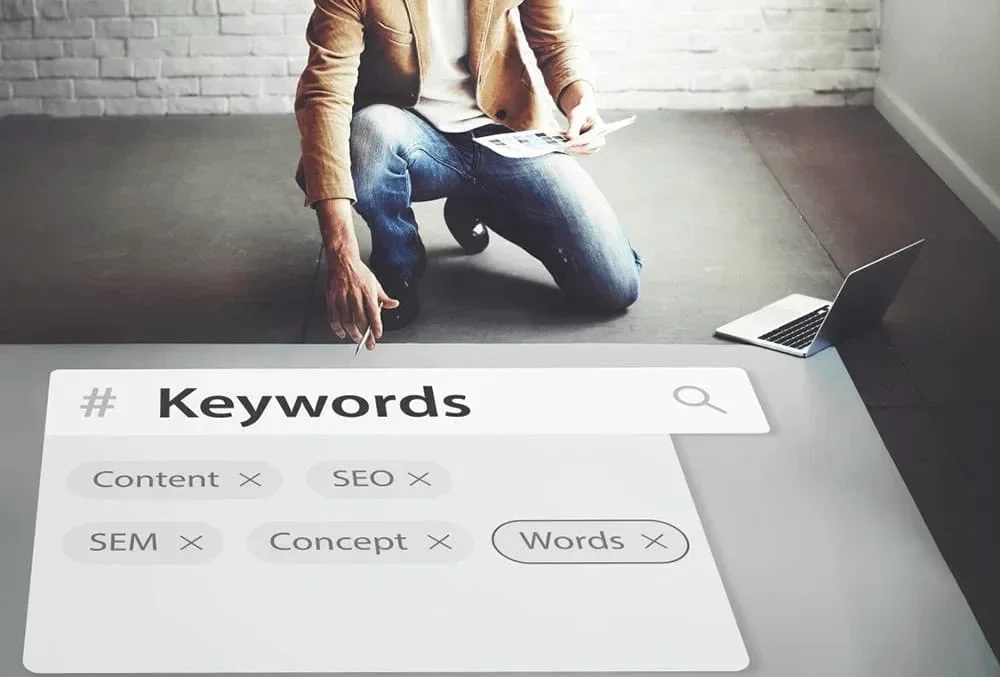Agencia Diseño Web
El diseño web es mucho más que la creación de una página web, es la planificación, el diseño, la creación y el mantenimiento de esta. Consiste en crear una experiencia única para tus usuarios. Como agencia de diseño web, en Digital Menta creamos la mejor imagen de tu empresa y diseñamos la experiencia de usuario.

A MEDIDA
Empresa de diseño web a medida
En Digital Menta, somos una agencia de diseño UI y UX. Por eso, nos esforzamos en simplificar webs para que las empresas transformen las visitas en clientes. Una de las principales premisas para la elaboración de un buen diseño web es su grado de usabilidad, porque una página web, además de ser estética, debe ser usable. Nuestra labor se centra en generar webs que sean fáciles de usar centrándonos en mejorar la experiencia de los usuarios y fortaleciendo la imagen de marca.
Como agencia de diseño de páginas web, contamos con un servicio especializado en diseño UX/UI. Nuestro equipo está formado por diseñadores web altamente cualificados y que cuentan con una amplia experiencia trabajando en el diseño tanto de webs corporativas como en ecommerces adaptados a las necesidades de nuestros clientes y de sus usuarios. En Digital Menta ofrecemos nuestros servicios a empresas de España, México, Colombia, Chile, Perú y otros países del continente americano.

Nuestra metodología
Tu equipo de diseñadores web profesionales
Para conseguir que tu usuario tenga una buena experiencia mientras navega por tu web, nuestra empresa de diseño web sigue una metodología necesaria para poder crear un diseño web responsive o adaptativo, permitiendo que tenga una correcta visualización en todo tipo de dispositivos. Nuestra empresa de diseño web se adapta a las necesidades de diseño web de tu empresa siguiendo nuestra propia metodología:
01
DISEÑO WEB CORPORATIVO
Ofrecemos varios bocetos para crear una imagen de marca profesional a través del diseño web con landings personalizadas. Nuestra agencia de landing pages sigue este paso a paso para dar con la mejor fórmula personalizada:
02
DISEÑO DE MARCA
Ya seas una empresa de nueva creación como una empresa tradicional, en Digital Menta creamos e innovamos el diseño de la imagen corporativa a través de la marca.
03
RESPONSIVE Y MOBILE
Para conseguir mayor conversión, adaptamos tu web a los distintos dispositivos. Los nuevos usuarios digitales tendrán más vías de acceso a tu empresa, pero siempre con la esencia y personalidad de tu negocio.
04
EXPERIENCIA DE USUARIO
En Digital Menta definimos diseños adaptados a las necesidades de los usuarios, de manera que mejoramos su experiencia y ayudamos a la fidelización y la conversión.
05
MAPAS DE CALOR
Disponemos de las mejores herramientas que nos permiten conocer el comportamiento de los usuarios en tu web y con ello, adaptar el diseño a tus necesidades y a las de tus usuarios.
06
ESTRATEGIAS CRO
Trabajamos estrategias de CRO para la mejora continua de tu web, encontrando puntos de oportunidad que ayuden a mejorar la conversión.
Nuestros servicios
Importancia de un buen servicio de diseño web
Con una inversión en UX se pueden alcanzar grandes resultados, para ello, nuestro equipo de profesionales ofrece los siguientes servicios de diseño web basándose en nuestros conocimientos y experiencia como agencia UX, para lograr un buen diseño web a medida:
01
MEJORA LA EXPERIENCIA
Establece una experiencia de usuario más atractiva al permitir acceder a los contenidos desde cualquier dispositivo, con lo que conseguimos reducir la tasa de abandono, sobre todo en el momento de la compra.
02
MEJORA DE MARCA
Con la asesoría de un equipo de profesionales de diseño puedes conseguir mejorar tu imagen de marca y la percepción de tus clientes. Si los usuarios tienen una buena experiencia interactuando con tu marca, tendrán mejor valoración de ella.
03
REDUCE LOS COSTES
Un buen diseño web puede cambiar tu empresa para lograr mejorar los resultados, pero sobre todo te permite reducir el coste a la hora del desarrollo y mantenimiento de una web.
04
VELOCIDAD (WPO)
Un diseño web responsive mejora la velocidad de carga del sitio en los dispositivos y, por tanto, mejora el posicionamiento de la web.
05
AUMENTA LA CONVERSIÓN
Facilita la experiencia de navegación al implementar componentes adaptados al uso táctil y con ello, una mayor tasa de conversión.
06
DATOS MÁS PRECISOS
Podremos modificar elementos de diseño de forma más fácil y estudiar cómo estos pueden mejorar la conversión.
¿Quieres impulsar tu negocio digital?
¡Hablemos!
Preguntas frecuentes
Sobre diseño web
Los especialistas de nuestra agencia de diseño digital han preparado una recopilación de las preguntas más frecuentes sobre este ámbito. ¡Te contestamos!
¿Cuáles son las herramientas que se utilizan en el diseño de una página web?
En Digital Menta trabajamos con diferentes herramientas en el equipo de diseño. En función de cada proyecto podemos hacer uso de unas u otras, para adaptarnos a las necesidades del cliente e ir siempre de la mano en cuanto a los objetivos. Todo dependerá de la petición del cliente y de la situación de su sitio web, pero trabajamos con Adobe, Figma, Hotjar, Invision, Sketch o Zeplin.
¿En qué me beneficia contar con una agencia de diseño de páginas web?
Como cualquier proyecto, el presupuesto de una página web depende de diferentes variables. Nuestro equipo diseña cada página web de forma específica para cada negocio y acorde a sus necesidades.
Las agencias de diseño web de primer nivel, son las encargadas de las complicaciones que conllevan a la creación de un sitio web fácil de usar, y todo esto incluye también la optimización de los contenidos para los dispositivos móviles que cada día crece el acceso a sitios web de estos dispositivos.
El diseño de la página, tienda o blog es un elemento muy importante a tener en cuenta. Esto se debe a que el usuario sentirá confianza al entrar a un sitio que luzca profesional, en el que pueda navegar de forma cómoda, rápida y segura, evitando cualquier problema que le impida ver el contenido por el que accedió.
¿Cómo saber cuál es tu agencia de diseño digital ideal?
Si te preguntas cómo saber qué agencia de diseño digital te conviene o cuál sería la ideal para ti, te recomendamos informarte bien. Lo primero que tienes que tener en cuenta son tus propios objetivos, antes de nada tienes que definir bien tus metas, tener claras tus ideas y necesidades.
Después puedes consultar su trayectoria, trabajos que hayan hecho con otros clientes y comprobar si cuentan con un equipo de profesionales del diseño digital. Por último sólo queda entrar en contacto con la agencia y saber lo que te ofrecen, en este punto es importante comunicar bien tus necesidades, escuchar las propuestas y aprender, nunca sabes lo que puedes encontrarte.
En Digital Menta lo que podemos garantizarte es que contarás en todo el proceso con un equipo especializado que se sumará a tu equipo y te asesorará siempre desde su experiencia. ¡Conócenos!
¿Qué hace que Digital Menta sea una agencia de diseño web cualificada?
¡Su equipo! Sin duda lo que hace que Digital Menta sea una agencia de diseño web cualificada es su equipo de profesionales y la trayectoria como agencia de marketing digital. Gracias a contar con profesionales del diseño web y a desenvolvernos a la perfección en un entorno digital y de datos, hemos sabido encajar todos aquellos retos que se nos han planteado. De hecho, nuestra experiencia con clientes diferentes nos ha permitido desarrollar una metodología que se ajusta a todo tipo de proyectos y que nos permite ir más allá en la construcción de soluciones que se adaptan a sus necesidades.
Post relacionados
Te mostramos el camino a seguir si quieres llegar al éxito en tu negocio. Con tres sencillos pasos dependiendo del nivel de digitalización de tu empresa, ¿empezamos?




